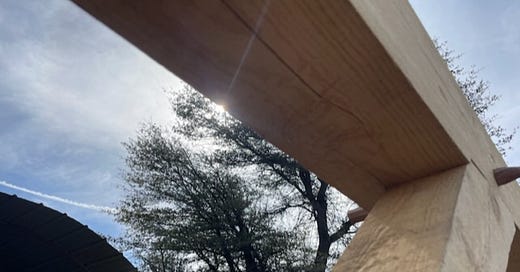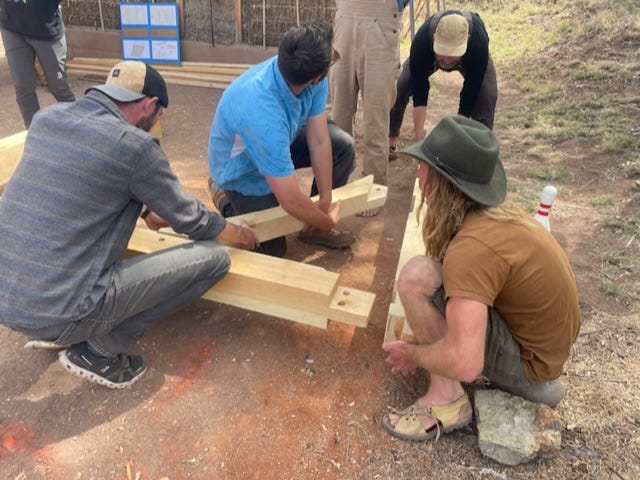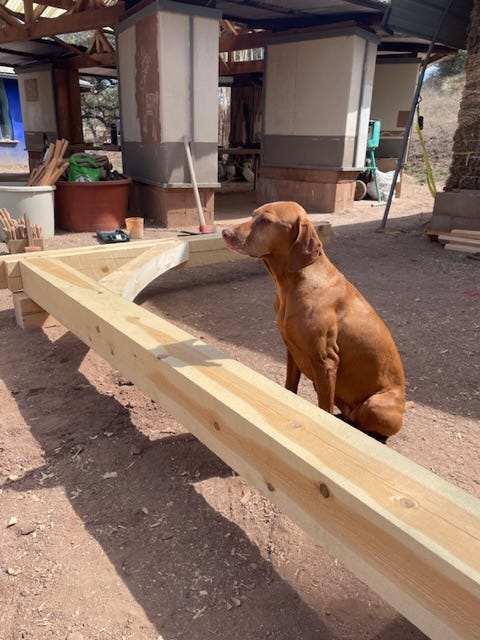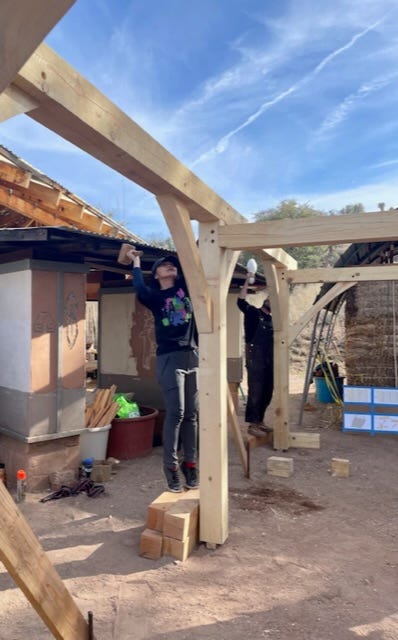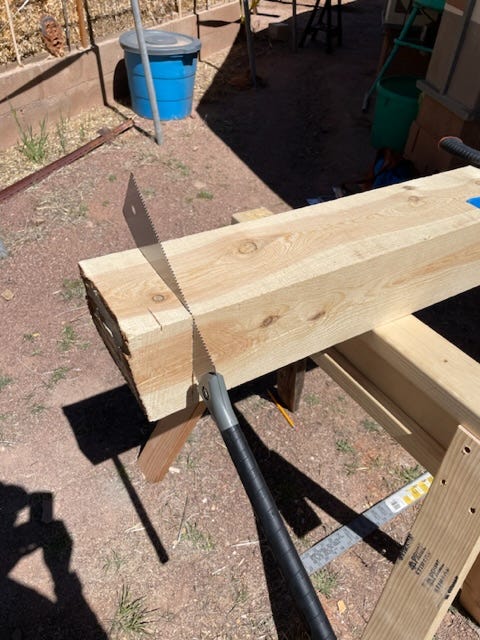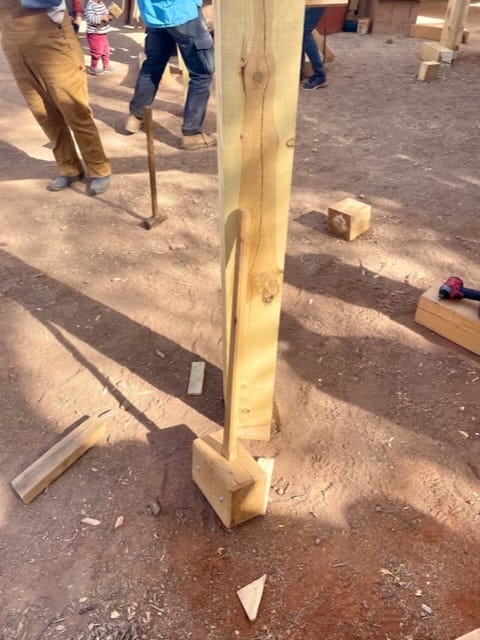It’s the Easter holiday. Back a long time ago, when I was someone you might find in a pew on such a morning as this, I took a lot of joy in the formal and ritualized parts of the day—greeting fellow church members, for instance, with “He is Risen,” and hearing back, “He is risen indeed!” The day was a time for collectively proclaiming the potential of life over death, of adding to that potential through voices also rising in shared word and song. This felt tremendously powerful, aligned as it was with the arrival of spring and literal manifestations of new life fighting their way up out of recently barren soil. Easter seemed a moment when we weren’t just telling stories about the past, but together using those stories to raise a new season of life into being.
A little over a week ago, I took part in a very different form of collective practice—if there was ritualized order, it wasn’t apparent to most of us, who were first-timers in the whole business of raising, which we were gathered to do. This was better described as communal and purposeful chaos. We all scrambled about trying to figure out how to be useful. Can I hold this post? Hammer that peg? Carry this beam? Instructions came from all directions—“Everyone lift!” “To the left!” “Too far!” “Down slow!”—and then not at all. Then—in just about the same time it might take to hold a church service—we were done. Before us: a new building. Or its outline—the timber frame whose pieces we’d learned to cut and chisel during the whole week before.
This was all part of a workshop on timber framing, run by Benito and Oso Steen at The Canelo Project. But it was no mere exercise. The structure we assembled together that day would be pulled back apart and put together again in the coming weeks on another piece of land, and used. We didn’t just raise a building, but a home for a couple who joined as we did the practice run, continually expressing their appreciation. A new home and a new season of life.
We humans are makers and builders. We sometimes forget that these days, as so much seems made already for us: the stories we tell or the truths we believe, or the structures we live in. In reality to only consume what is handed us is to give over a part of our humanness (and the creatureliness we share with other animals, who also build and make). But there is power to be reclaimed in actively choosing to be part of the crafting of our shared existence, be that affirming an older tradition, forging a new cultural heritage, or participating in the physical construction of the world around us. One needn’t be a professional to do so. My time in the workshop, certainly, was plenty full of swearing and blunders as I learned to saw through solid lines of sap or chisel through knots. My post still went up with all the others. It still holds up a wall, will still give that house some of its form.
The world looks a little different to me now, having seen that building frame go up, and knowing that I helped play a part. Things just seem more possible. The questions that seem all-important in this new light are what can I build? and, who can I build it with? Houses, communities, the whole world as we know it—what can we cause to spring forth with new life?
What might we raise together?
Thanks for reading Unsettling.
Until next time,
Meg

